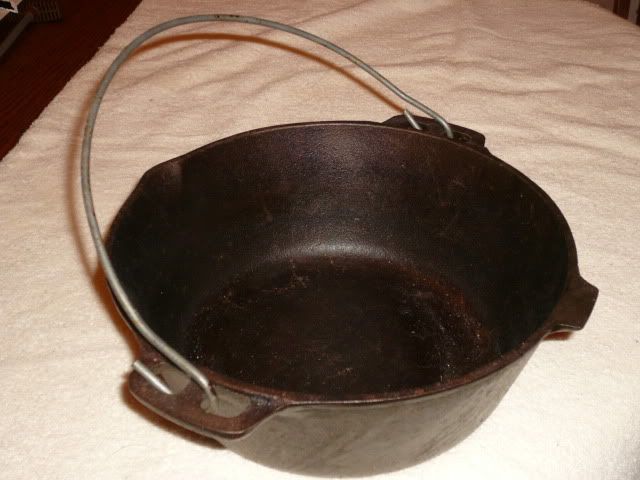Napp,
I use a 2-quart cast iron pot; it sits on the stove nicely. You can pick up the cast iron pot and stove at an army surplus store at a good price. You should also get a large spoon with small holes in it to scrap off the dross with.
As for pure lead. Google for some lead fabricators in your area or roofing company’s that have lead flashing. You can usually buy the scrap lead at a good price. Here in So Cal I can get the scrap for $1.00 a pound.
I would also suggest getting Lyman’s casting book it will help explain things better.
http://www.midwayusa.com/viewProduct/?productNumber=796528
Good luck and be safe!
I use a 2-quart cast iron pot; it sits on the stove nicely. You can pick up the cast iron pot and stove at an army surplus store at a good price. You should also get a large spoon with small holes in it to scrap off the dross with.
As for pure lead. Google for some lead fabricators in your area or roofing company’s that have lead flashing. You can usually buy the scrap lead at a good price. Here in So Cal I can get the scrap for $1.00 a pound.
I would also suggest getting Lyman’s casting book it will help explain things better.
http://www.midwayusa.com/viewProduct/?productNumber=796528
Good luck and be safe!

